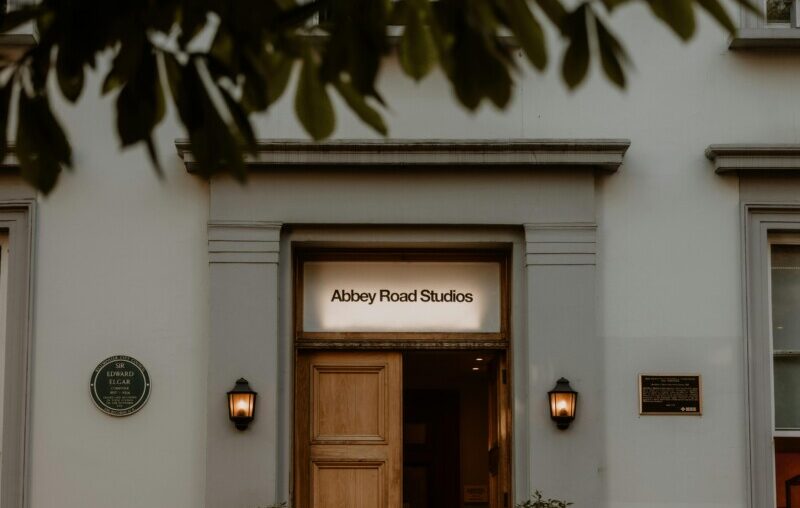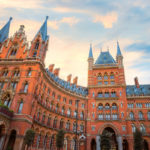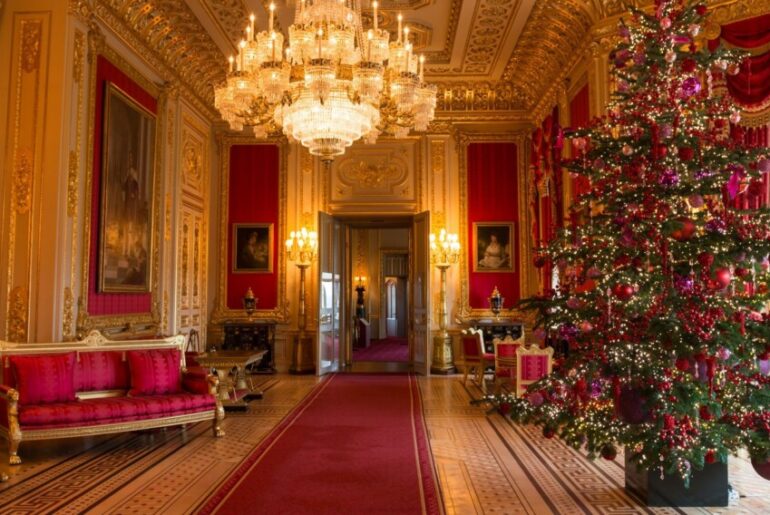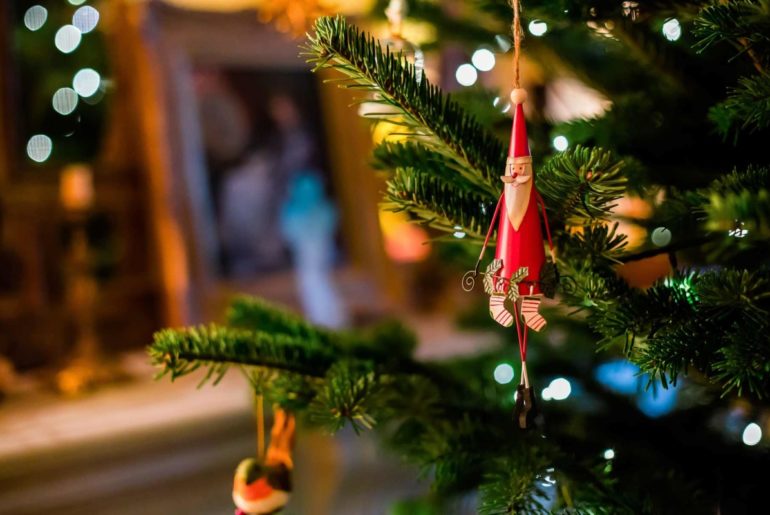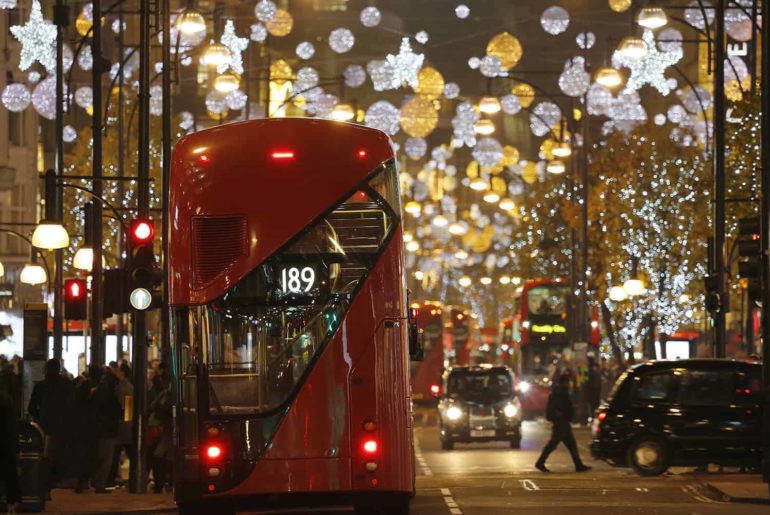With legendary rock stars like The Who, The Rolling Stones and Queen hailing from London and many more have made history in the city’s studios, bars and clubs, the capital is filled with famous rock ‘n’ roll sites.
From the Abbey Road Studios to the 100 Club, take a closer look at this side of British culture through the decades by setting out on a London rock tour.
Abbey Road Studios
The Beatles are undoubtedly one of the UK’s most famous bands. Even though they began making music in Liverpool, they spent years recording, performing and living in the vibrant capital.
It was in Abbey Road Studios that the band recorded a lot of their music, but perhaps the most instantly recognisable Beatles site in the city is the zebra crossing at Abbey Road, having been featured on their record cover.
34 Montagu Square
The flat that John Lennon and Yoko Ono shared – 34 Montagu Square in Marylebone – is just a short distance from these studios and now a designated English Heritage ‘building of historical interest’.
As the flat was rented out by Ringo Starr, Paul McCartney also lived here while recording demos such as ‘Eleanor Rigby’. Later, Jimi Hendrix went on to rent the flat from Ringo, during which time he composed ‘The Wind Cries Mary’.
3 Savile Row
Continuing on the Beatles pilgrimage, fans can move on to the now famous address, 3 Savile Row, where on January 30th 1969, the band held an impromptu rooftop concert, ultimately their final performance.
The Vault at Hard Rock Café
And for band memorabilia, it’s hard to beat The Vault at Hard Rock Café, where the impressive collection of rare Beatles artefacts includes John Lennon’s handwritten lyrics.
From Beatles sites and memorabilia, move on to the city’s historic neighbourhoods where the rock has made the greatest lasting impression and where some of the capital’s most iconic music venues are still located.
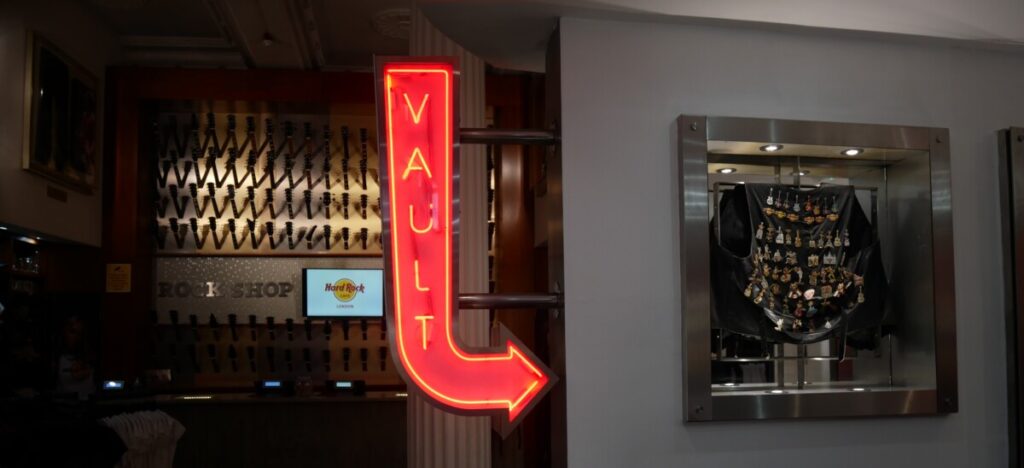
Soho
Soho is home to the 100 Club, which since the ‘70s, has hosted some of Britain’s greatest rock stars, including The Clash and The Rolling Stones.
On the other side of Soho is the enduringly popular Carnaby Street, which, back in the ‘60s, was a hub for independent British fashion and was consequently frequented by rock stars and bands like The Who.
Also, take a walk along Berwick Street to recreate the cover of Oasis album, ‘What’s The Story, Morning Glory?’.
Islington
In Islington, meanwhile, it’s The Hope & Anchor that stands out; it was here in 1972 that the (then emerging) band U2 supported Jools Holland and The Squeeze.
Camden
In Camden, the Grade II historic theatre KOKO – previously known as Camden Theatre and The Camden Palace, and once a recording studio for the BBC – attracts the most attention, having been the setting for countless London rock performances and drawing in bands like The Clash.
And the nearby live music venue, The Roundhouse, has made a name for itself by hosting bands such as The Rolling Stones. Finally, strike a pose on the stairway within Camden Market, which features on the debut album of The Clash.
Tin Pan Alley
Take a stroll along Denmark Street (dubbed ‘Tin Pan Alley’), lined with music shops, small bars and clubs, having been the setting for many moments in London rock history. In 1964, The Rolling Stones recorded their debut album here, and Pink Floyd once performed in the UFO Club.
Visit these rock sites among others on the Evan Evans London Rock Tour, and have each place brought to life by the stories of British rock legends.

